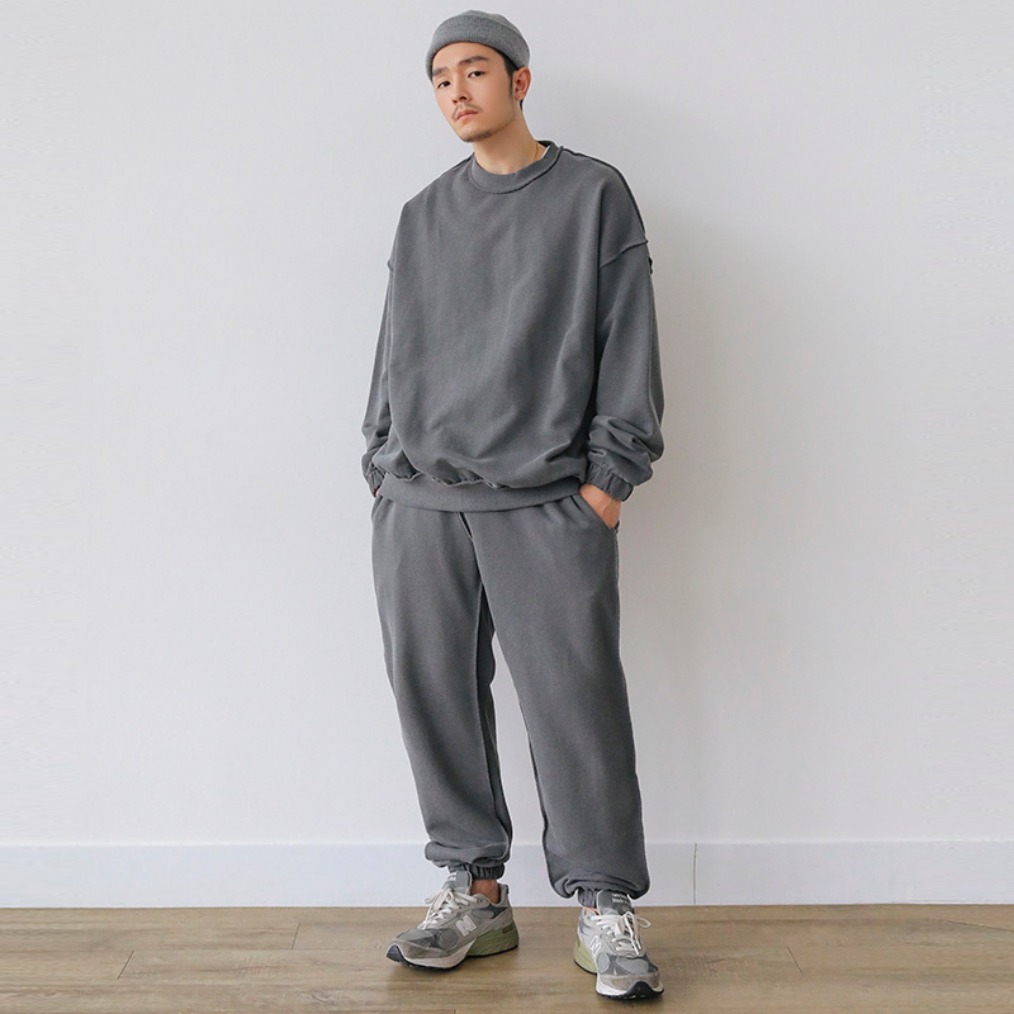


Can Pigments 3 still compete? (Spoiler alert: oh, yes.

However, in the two years since Pigments was originally released, the competition has heated up, particularly in the wavetable department. The French company has clearly been busy, as version 3 arrives with yet another synthesis engine, an additional filter type and new filter routings, a clutch of new effects, and more. Pigments 3 gives you access to a wide variety of approaches to synthesis, spanning Analog, Wavetable, Sample, and Harmonic engines. The Synth tab This tab is where you’ll be doing what often lies at the core of sound design: synthesis. Now, just about two years on from its original release, Arturia have dropped Pigments number 3. Let’s take a look at each in more detail. We were impressed enough to include it on our list of the best wavetable synths available. Not content to set it and forget it, the driven developers at Arturia released Pigments 2 later that same year, adding a sampler and granular engine among other tweaks. With a mix of virtual analogue and wavetable engines, it offered a nice compromise for musicians who wanted the sound of the former and the convenience and complexity of the latter. That all changed in 2019 with the release of Pigments, their first original softsynth. Until recently, Arturia were best-known (software-wise, at least) for their emulations. Can this colourful plugin hold its own in a very crowded softsynth market?


 0 kommentar(er)
0 kommentar(er)
